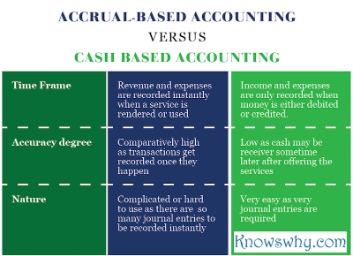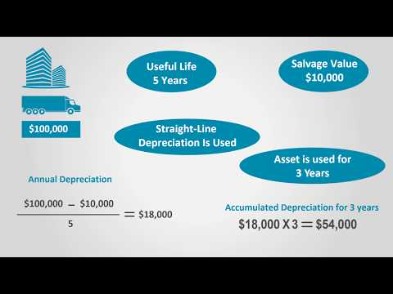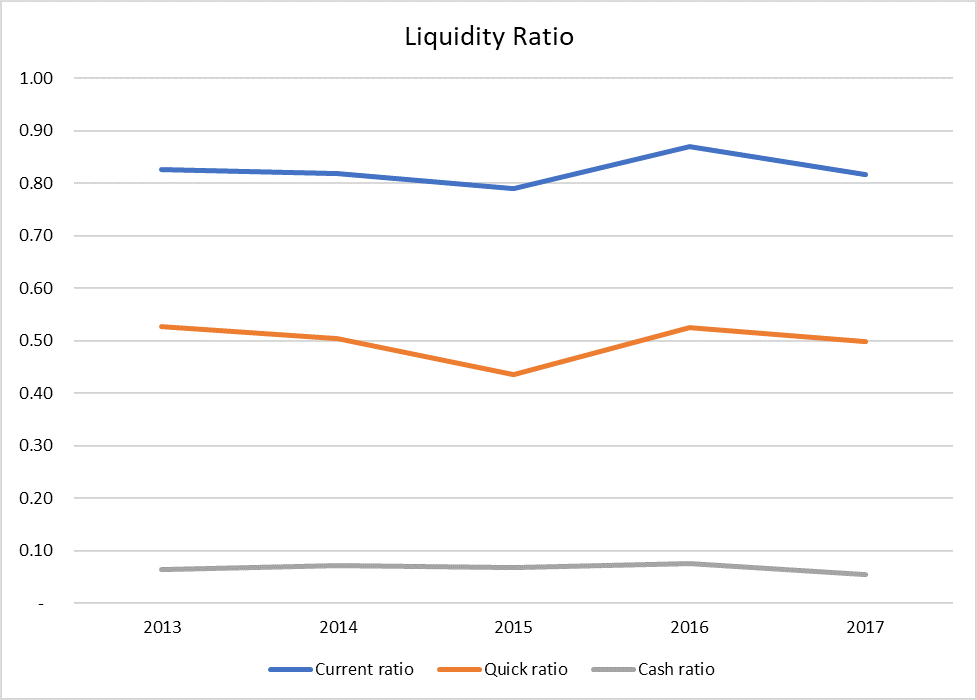Company B owes them money, so it records the invoice in its accounts payable column. Company A is waiting to receive the money, so it records the bil

Company B owes them money, so it records the invoice in its accounts payable column. Company A is waiting to receive the money, so it records the bill in its accounts receivable column. As can be seen from the receivable turnover ratio formula, this financial metric has quite a simple equation. The higher the number of days it takes for customers to pay their bills results in a lower receivable turnover ratio. If you have some efficient clients who are always on time with their payments, reward them by offering some discounts which will help attract more business without affecting your receivable turnover ratio.

Why You Can Trust Finance Strategists
We recommend setting up various online payment channels to make it easy and convenient for customers to pay their debts. You can receive customer payments through different channels, including wire transfers, virtual credit cards, ACH payments, or paper checks. That’s because invoicing is time-sensitive work – the faster a customer gets their invoice, the higher the chances of them making timely payments. Electronic invoices may include different formats like emailed bills or using invoices generated and sent through invoice accounts receivable software.
Example of Accounts Receivable
- The amount that the company is owed is recorded in its general ledger account entitled Accounts Receivable.
- At a glance, you can track not only the individual promptness of each of your customers but also gain a thorough understanding of how smoothly your A/R operations are going.
- It’s important to know how long an invoice has been outstanding because that enables the AR department to know the stage of the collection process and the strategy to recover the outstanding amount.
- It’s common for companies to report AR along with an allowance account for receivables that management doesn’t think will be collected.
You (or your bookkeeper) record it as an account receivable on your end, because it represents money you will receive from someone else. Accounts payable on the other hand are a liability account, representing money that you owe https://www.online-accounting.net/ another business. For example, you can immediately see that Keith’s Furniture Inc. is having problems paying its bills on time. You might want to give them a call and talk to them about getting their payments back on track.
An 8-point Checklist for Finding the Best Payment Provider
Accounts receivable, or receivables, represent a line of credit extended by a company and normally have terms that require payments due within a relatively short period. However, this should not discourage businesses as there are several ways to increase the receivable turnover ratio that will eventually help them improve revenue generation. To do this, you need accounts receivables management, popularly known as a credit management system in place. Accounts receivable refers to the amount that a company is entitled to receive from its customers for goods or services sold on credit. In other words, it is the amount that your customer owes you in respect of contractual obligations. Receivable is cash due to the company, from which it can sooner or later generate benefits.
A/R aging report example:

The direct write-off method is not permissible under Generally Accepted Accounting Principles. The change in the bad debt provision from year to year is posted to the bad debt expense account in the income statement. Your business needs to collect outstanding payments to maintain a healthy cash flow. Unfortunately, profit center: characteristics vs a cost center with examples although every invoice should be reconciled, chasing small amounts instead of focusing on large accounts may leave your business with insufficient funds for operations. Still, automating the accounts receivable process helps your business record incoming payments, but it’s not suitable for all businesses.

Submit to get your retirement-readiness report.
The debtor is free to pay before the due date; businesses can offer a discount for early payment. Other common payment terms include Net 45, Net 60, and 30 days end of month. The creditor may be able to charge late fees or interest if the amount https://www.quick-bookkeeping.net/can-an-llc-file-a-2553/ is not paid by the due date. In practice, the terms are often shown as two fractions, with the discount and the discount period comprising the first fraction and the letter ‘n’ and the payment due period comprising the second fraction.
Accounts receivable aging is a periodic report that categorizes a company’s accounts receivable according to the length of time an invoice has been outstanding. It is used as a gauge to determine the financial health and reliability of a company’s customers. The allowance for doubtful accounts is a company’s estimate of the amount of the accounts receivable it anticipates will not be collectible and will need to be recorded as a write-off. This estimate is subtracted from the gross amount of outstanding accounts receivable.
CEI helps you measure your AR team’s efficiency in collecting receivables in a specific period, say one month or year. A good AR system allows businesses to provide excellent customer service to clients. You can personalize how you interact with customers and help them bond with your business. Some people also call the accounts receivable process invoicing or bills receivable. Companies can use their accounts receivable as collateral when obtaining a loan (asset-based lending).
Many small businesses turn to accounting software, which provides a user-friendly, highly organized interface for recording transactions and tracking accounting metrics. Managing a business requires a steady balance between flexibility and regulation. Of course, developing a relationship with customers is vital, and selling to them on credit can nurture trust between your business and them. However, this process requires clear policies and regulations and a well-controlled system. Payoneer enables you to integrate QuickBooks with its global payment solution. This allows you to automate your invoice reconciliation, matching your invoices to your income.
The hot tub company would invoice her and allow her 30 days to pay off her debt. During that time, the company would record $5,000 in their accounts receivable. When Jane pays it off, the money would go back to the sales amounts or cash flow. Keeping track of exactly who’s behind on which payments can get tricky if you have many different customers. Some businesses will create an accounts receivable aging schedule to solve this problem. To compute receivable turnover ratio, net credit sales is divided by the average accounts receivable.
However, waiting too long to collect can cause you to lose the opportunity for payment. Selecting the ideal times to allow delayed payment will help you keep a good balance between being flexible and ensuring prompt payment. Accounts receivables (also called trade receivables) is the amount owed to your company for providing goods or services to a customer. As noted earlier, accounts receivable is an asset, so that you will find your accounts receivable listed in the assets section of your balance sheet and general ledger. For bookkeeping, consider A/R an asset that is both liquid (can be easily converted to cash) and current (will be resolved through regular business over the next year).
Your business’s accounts receivable is essential for calculating your profitability and providing the clearest indicator of the business’s income. It is considered an asset, as it represents money coming into the company. The company creates the credit terms and decides how much credit they’ll grant customers. Determining this may require checking the customer’s credit history and getting a feel of their credit utilization rate so you can be sure they’ll make their payments within the required time. On the other hand, high DSO means customers take longer to pay, and your money remains a receivable balance in your accounts.
Companies use net receivables to measure the effectiveness of their collections process. They also utilize it when making forecasts to project anticipated cash inflows. The three classifications of receivables are accounts, notes and other receivables. Accounts receivable is the most pertinent classification for small business purposes, as described in this article. Notes receivables pertain to debts tied to formal printed letters, and other receivables pertain to interests, employee advances and tax refunds.
Because it highlights your company’s liquidity, the accounts receivable turnover can be a great tool for financial analysis that can help you gauge your company’s financial health. It can also reveal your business’s ability to maintain consistent cash flow without the need to convert larger assets into cash. BILL’s automation software simplifies the AR process by accounting for all the goods or services delivered, ensuring that your clients receive invoices on time. Plus, debtor invoices are better managed with automatic alerts to your AR department of unpaid invoices.

COMMENTS